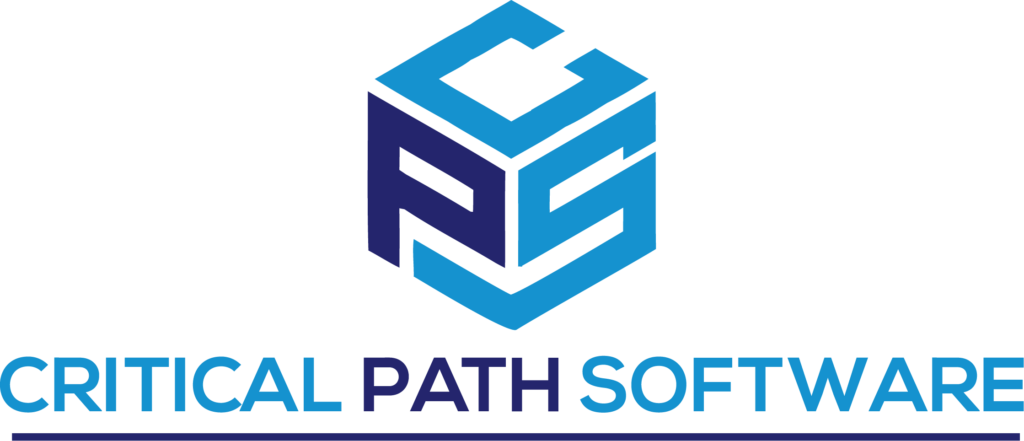TurboTune Data Gathering Instructions
Below you will find the instructions for a simple collection of statistical data required to perform an initial analysis of your data center.

Below you will find the instructions for a simple collection of statistical data required to perform an initial analysis of your data center.

Critical Path Software is pleased to offer a low-cost preliminary analysis of your mainframe environment. Typically, this process can be approved independently by any manager. It is a non-invasive procedure conducted remotely, requiring minimal effort from our clients and partners. For more details and instructions, please click on the link below.

Critical Path Software, LLC
16 South Street
Suite 441
Litchfield, CT 06759
Tel: 212-686-4350
Email: customers@turbotune.com
© Copyright 2023, Critical Path Software, LLC. All Rights Reserved.